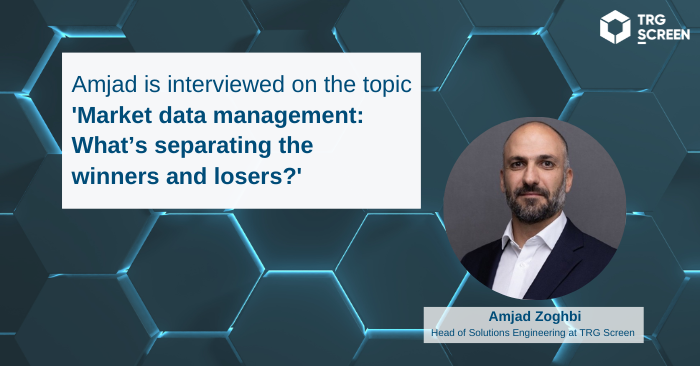A recurring topic when talking to clients is Natural User Netting
The methodology by which firms can pay at the user level will vary depending on the various exchanges, for example Nasdaq UTP and New York Stock Exchange use a rebate MISU (Multiple Instance Single User) process where you pay per access but then claim back the excess credits. Other exchanges including Deutsche Boerse, Euronext and London Stock Exchange operate a higher per user fee where you need to assess if the scheme is beneficial, or the third system setting up a direct billing relationship with the exchange e.g. Warsaw Stock Exchange - the rules around these netting schemes can be complex.
It is therefore important to analyze the different rules and pricing before enrolling in a netting program to ascertain whether you will actually save any money or whether your workload will increase for no discernible benefit. Particularly if you need to commit to an annual audit as part of the process.
What is Natural User Netting and can it save me money?
Natural User Netting is where an individual employed by a subscribing firm is given access to the same data via multiple sources and only counted once for reporting and billing purposes. For instance, where there is more than one platform for delivering data to a single user, such as a Bloomberg Terminal and the Refinitiv IDN feed. Note that this is generally restricted to full time employees and not applications.
Great, where do I sign up?
Unfortunately, it is a little more complicated than that. Firstly, there are usually qualifying criteria containing some type of verification of the entitlement controls within your organization (or whisper it, an audit). Once they are happy that you can accurately track and count the users, you need to ensure it continues, with an annual check-up, which is mandatory for some exchanges.
Where do you start and what should be considered as part of your analysis?
1) How many sources do you have containing the same data?
A typical scenario:
Desk traders are using direct feeds for trading, they are accessing a Refinitiv feed via their desktop alongside a Bloomberg Terminal. They are also viewing the same data via their risk management systems. In addition, there is a Bloomberg B-PIPE feed for the Debt side of the business.
All these use cases could attract separate fees for the same data when there is no need.
Compare the cost across all of these sources to what it would be if you were to enrol in the user netting programs.
In addition, where a firm has multiple feeds but only permissions users who really need the data, the marginal cost of enabling the same data on another feed suddenly drops to nothing if you have Natural User Netting in place. This also needs to be taken into account if you are introducing new strategies.
2) Do you have many of the same users accessing multiple vendor feeds?
In order to move to a netting program a direct agreement needs set up with the exchange and a side effect of this is that you will automatically save the 5-7% mark-up on vendor fees in addition to the savings made by netting.
In some of our customers' cases they save more money on the vendor mark-up than they do from netting out multiple accesses. Not everyone considers this type of saving.
Generally, it is assumed that this applies only to those firms where there is substantial data usage, and you may think that it wouldn’t apply to your firm because your usage is low. It is always worth doing the calculation before you write off the idea completely. Alternatively, you could use Axon’s Compliance Review service (ACR) to evaluate the potential cost savings from entering into a direct reporting arrangement or netting program.
Leave it to the experts!
Once the review of your data is completed by ACR and netting opportunities have been identified, the Axon Declaration Service (ADS) helps you drive savings through netting programs and fee waivers that helps reduce and control market data costs. On average, clients typically save up to 8% of their total exchange market data spend. Wouldn't that be nice?







